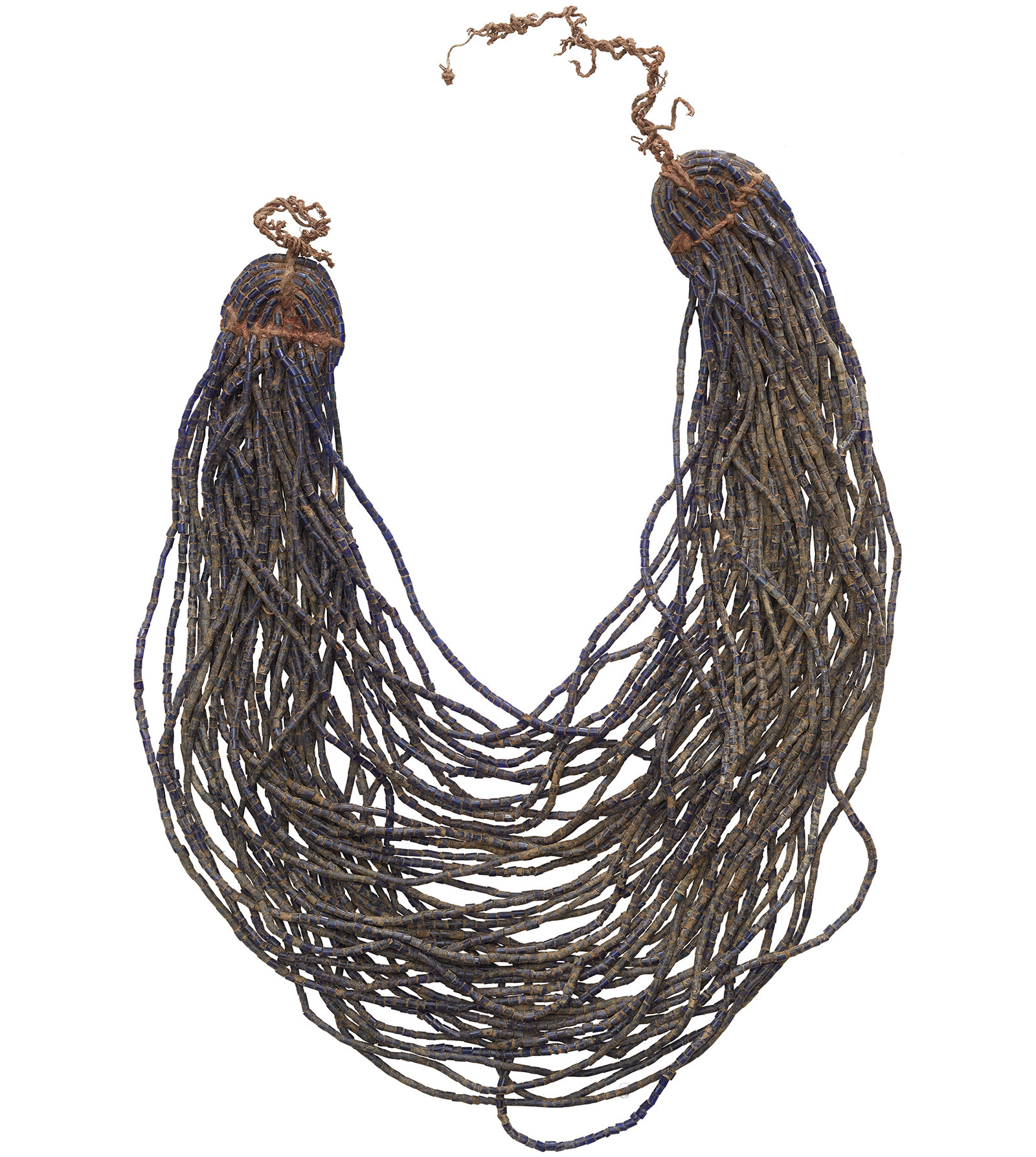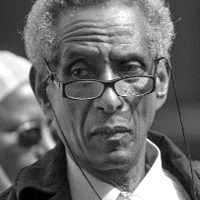How did Mahdism hold the country together?
Item
Title
How did Mahdism hold the country together?
Creator
Description
Excerpt from interview with Osman Nusairi.
The borders inherited through Ottoman rule were kept intact through sheer force. But in most cases, even in the South there was a heavy presence of the Mahdist rule. The South was a place where the enemies of the Khalifa would be sent for punishment. So, there was rule over the whole country, though communication was very basic. But there was an ability to run the country through proclamations. There was a structure inherited through the Ottoman civil service, and many other services were run, including ammunition manufacturing and armaments, so there were some attempts at building a state. A common unifying factor was Mahdism as a concept itself, and an alliance of tribes for most of the time. This broke down in the last few years, when one single tribal group was increasingly in control – which was the Khalifa’s people. Many people did believe, knew what it was about, and were prepared to fight for it. So that became the core on which a coalition of tribes was built to hold the country together. When you look at how basic communication was, river transport was very slow, but was capable of bringing the country together. And the camel played a role on that score too. As the Khalifa’s tribe who emanated mostly from western part of Sudan, were brought in to the centre, so they helped to steady the hand of government generally. But Mahdist rule was not just a peaceful acceptance of a regime, it was also achieved on the basis of repression – which is also not unique to Sudan.
Contributor
Relation
Item sets
Linked resources
Filter by property
| Title | Alternate label | Class |
|---|---|---|
 Interview with Osman Nusairi Interview with Osman Nusairi |
Event |




